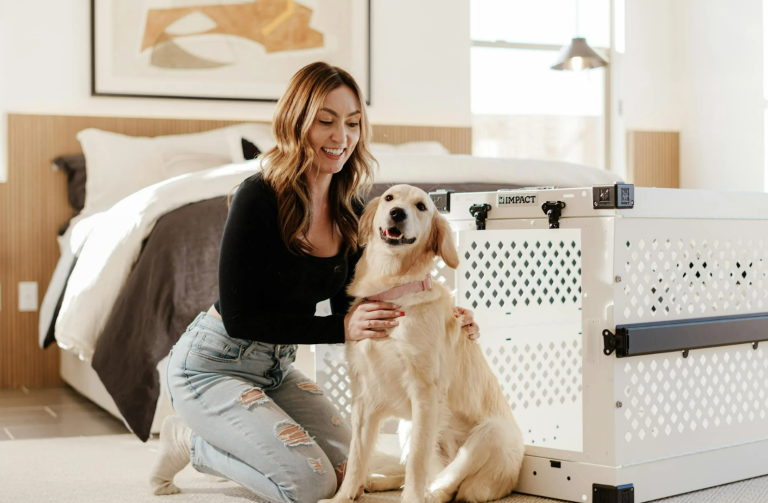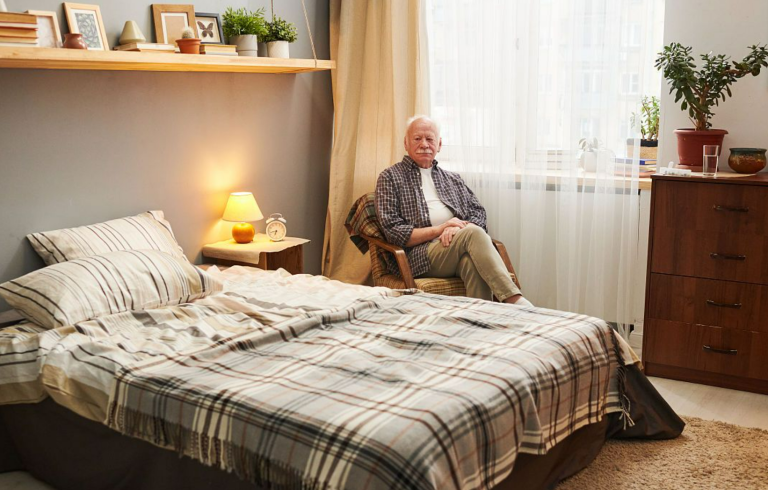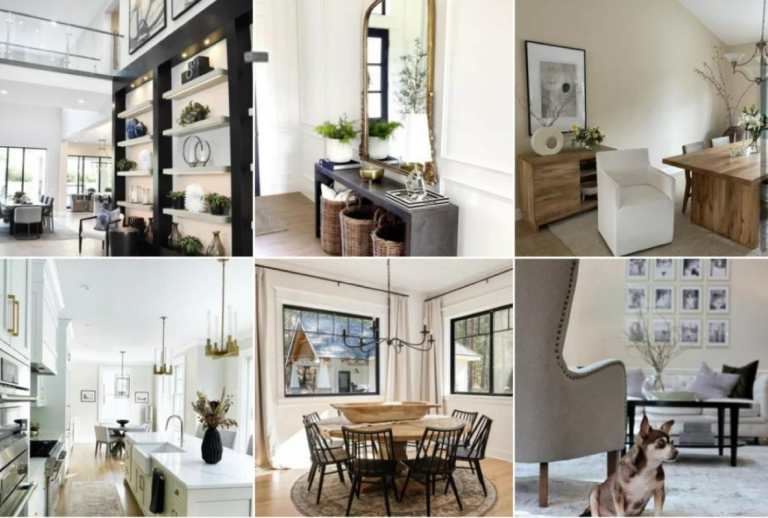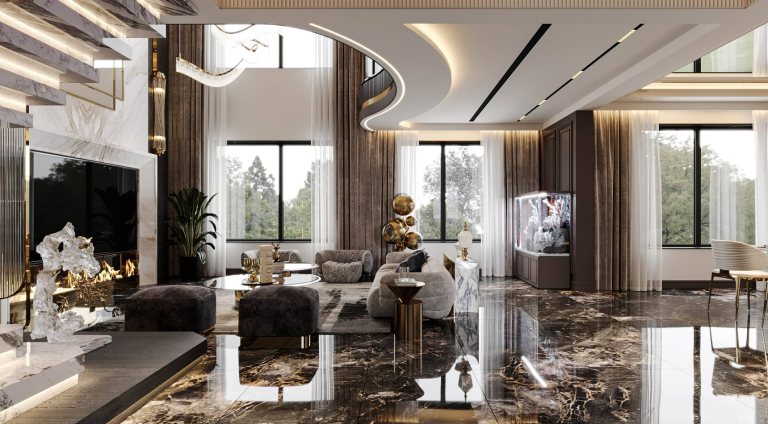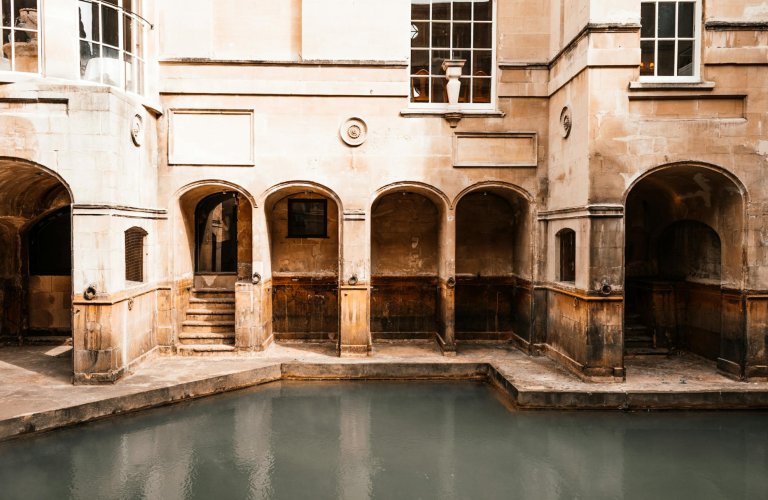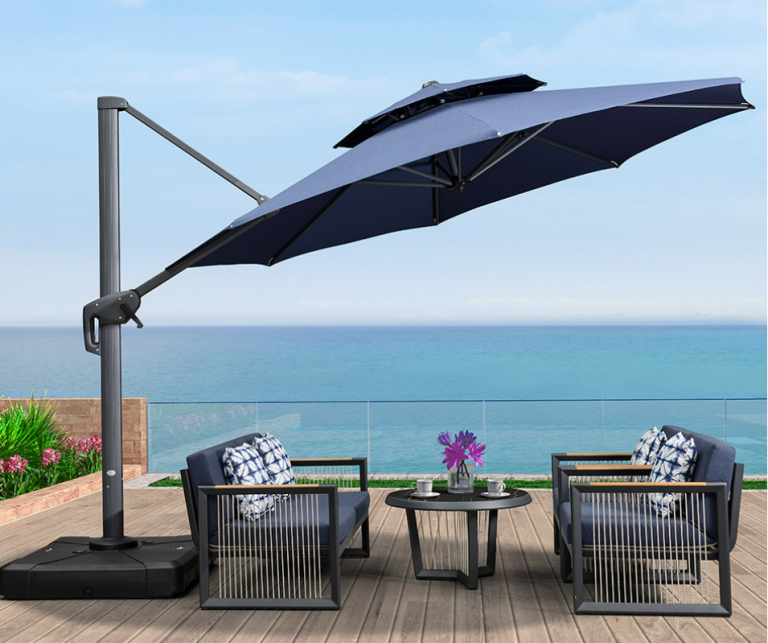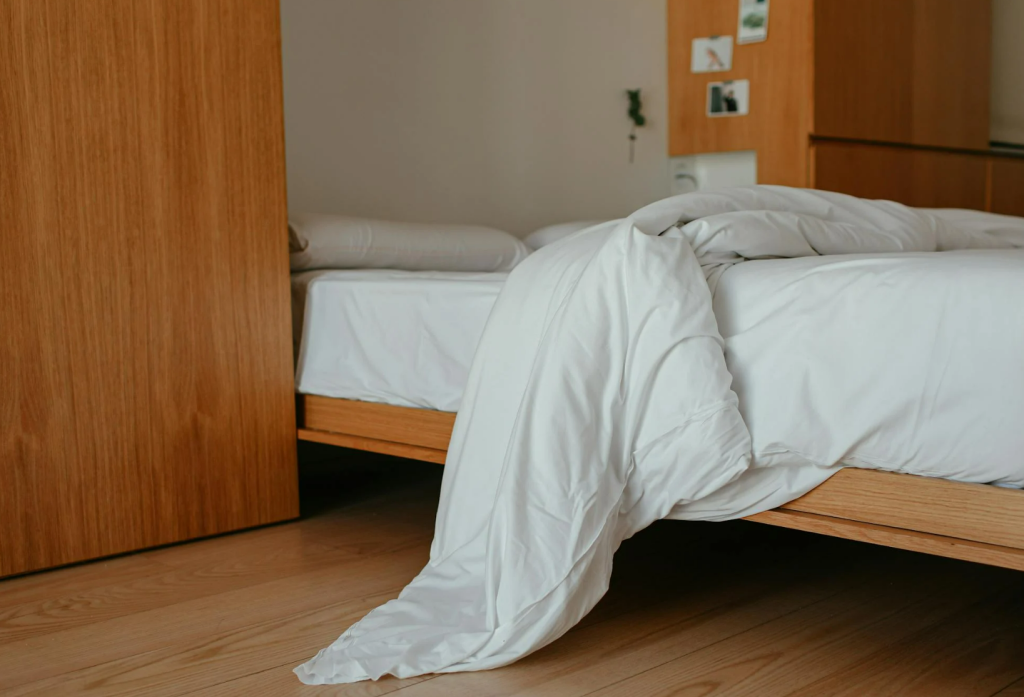

Case Studies of Age-Friendly Home Design: Learning from Experience
Introduction: Why Real-World Examples Matter
Imagine a home where grab bars masquerade as towel racks, and voice-controlled lights gently guide midnight bathroom trips. These aren’t concepts—they’re real solutions from homes that have cracked the code of aging-in-place design. By dissecting four transformative case studies across Asia, we uncover universal principles that blend safety, dignity, and joy.
The Science Behind Age-Friendly Design
Physiological Needs
After 65, muscle strength declines by 15% per decade, while pupils shrink by 20%, demanding 3x more light. Falls cause 95% of hip fractures among seniors—but strategic design can prevent 40% of these accidents.
Psychological Benefits
Homes that prioritize autonomy see 30% higher life satisfaction scores. A Shanghai study found seniors in adapted spaces cooked 50% more meals independently, reclaiming culinary joy.
Case Study 1: The Shanghai Multigenerational Retrofit
Challenges
A family of five (including two grandparents) struggled with a cramped 96㎡ apartment. The grandmother’s Parkinson’s made narrow doorways and slippery tiles hazardous.
Solutions
- Zoned Layouts: Split the home into “quiet” (bedrooms) and “active” (kitchen) zones with soundproofed walls.
- Hidden Safety: Replaced thresholds with 5° ramps and installed R10-rated vinyl flooring that mimics hardwood.
Outcome
Emergency room visits for falls plummeted 60%, while the open-plan kitchen became a hub for intergenerational baking sessions.
Case Study 2: Tokyo’s Smart Apartment
Challenges
A 67㎡ space housed a wheelchair-bound stroke survivor resistant to “hospital-like” modifications.
Solutions
- Voice-Activated Systems: “Hey Google, shower lights” commands replaced hard-to-reach switches.
- Modular Furniture: Height-adjustable kitchen counters (65–90cm range) served both seated and standing users.
Outcome
The resident’s daughter reported a 50% drop in caregiving hours, while her father regained confidence to brew tea solo.
Cross-Case Analysis: 5 Universal Lessons
- Proactive Hazard Elimination
Beijing’s rural home used $20 anti-slip tape on stairs—a tiny change that prevented 12 falls annually. - Adaptive Flexibility
The Yi Family Home’s “growing walls” allow grab bar additions as needs evolve—no messy renovations. - Tech as an Enabler
Shanghai’s motion-activated nightlights (0.5 lux) cost under $100 but reduced nighttime disorientation by 70%.
Future Trends
Biometric floors that detect gait instability and self-sanitizing surfaces are poised to revolutionize senior living.
Conclusion: Designing Homes That Love You Back
These case studies prove age-friendly design isn’t about compromise—it’s about creating spaces that actively care for residents. Because nothing says “I love you” like a home that helps you thrive.
FAQs
- What’s the most cost-effective safety upgrade?
Anti-slip bath stickers (15)andleverdoorknobs(20 each) offer immediate impact. - How to convince aesthetics-focused seniors?
Show designs like Yi Family’s marble-clad grab bars—safety can be luxurious. - Can small homes be age-friendly?
Yes! Tokyo’s 67㎡ apartment used foldable furniture and vertical storage. - Best lighting for dementia patients?
Circadian LEDs that mimic sunrise reduce sundowning agitation. - Typical ROI for renovations?
Fall-prevention upgrades pay for themselves in 2–3 years by avoiding medical costs
